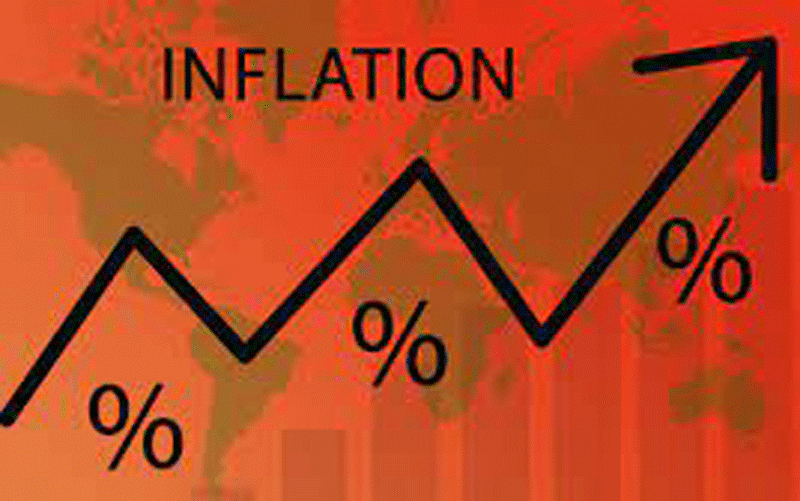
ACCRODING to Zimbabwe National Statistics Agency (Zimstat), the overall economy recovered by 1,5% in the second quarter of 2023, from a sharp decline of -10,1% in the first quarter of the year.
Zimstat attributed the growth to increased performance in the construction sector. The construction sector recorded a growth of 7,7% over the prior quarter, which is measured against an index of cement sales. It is, therefore, imperative to assess the level of accuracy of ascertaining infrastructural development in Zimbabwe utilising cement sales as a base index. The overall economic surge of 1,5% relates to value-added from prior quarter’s record. Given a -10% dip in the economy in the first quarter, the derived growth for the second quarter, therefore, is computed from a lower base.
However, this is not the case for the construction sector in the country, which registered a staggering 9% growth in the first quarter, buttressed by a 7% surge in the second quarter, reflective of a booming infrastructural development in the country.
In assessing the growth and development of a country's construction sector, policymakers often rely on various indicators. Cement is one of the primary materials used in the construction projects, making it a relevant proxy for measuring overall construction activity. As such, changes in cement sales can indicate shifts in demand for new buildings, renovations, or infrastructure development. A cement sales based index captures both public sector projects and private sector investments.
However, it is important to recognise that the index used by Zimstat has several drawbacks that limit its accuracy and reliability as a measure of construction growth, despite other positive arguments. Cement is not exclusively used for construction purposes; it also finds applications in other sectors, such as manufacturing and infrastructure maintenance.
Consequently, fluctuations in cement sales may be influenced by factors unrelated to construction growth. Changes in industrial production or government infrastructure projects can significantly impact cement demand without reflecting actual changes in the construction sector. Furthermore, the index of cement sales does not account for broader economic factors that influence construction activity. Economic conditions such as interest rates, inflation rates, government policies, and consumer confidence play a vital role in determining investment decisions within the sector.
Economic conditions beyond the scope of the construction industry can influence cement sales figures, for example, changes in interest rates or government policies affecting housing loans may impact demand for new constructions.
Ignoring these factors when relying solely on cement sales leads to misleading conclusions about overall construction growth within Zimbabwe. On the other hand, despite a sustained positive outturn in the construction sector with regards to overall economic growth, the sector has a negligible contribution to overall GDP.
- Experts downbeat as Ncube cuts GDP forecasts
- Village Rhapsody: Govt must ensure that devolution works
- New perspectives: De-link politics from Zim’s education policies
- Experts downbeat as Ncube cuts GDP forecasts
Keep Reading
The top five GDP drivers in the second quarter of 2023 constitute a circa aggregate of 63% of the GDP, with wholesale and retail activities contributing the most at 18,6%, while finance and insurance activities contributed 8,4%, the fifth highest.
Zimbabwe has experienced prolonged periods of economic instability, hyperinflation, and currency devaluations. These factors have hampered investment in the construction industry, discouraging both local and foreign investors from initiating projects.
As a result, the sector has struggled to attract the necessary capital and resources required for significant expansion.
The barriers in accessing long-term financing options, along with limited financial resources and budget constraints restrict the private players’ and government’s ability to allocate a substantial amount towards construction projects. Zimbabwe's highly volatile economic terrain also discourages financial institutions from issuing long-term financing solutions to construction companies. This lack of access to capital hampers the sector's growth potential and restricts its ability to contribute significantly to the overall GDP. Going forward, the government ought to aggregate various relevant factors in increasing degree of accuracy in the measurement of growth of the construction industry in Zimbabwe.
- Duma is a financial analyst and accountant at Equity Axis, a leading media and financial research firm in Zimbabwe. — twdumah@gmail.com or tinashed@equityaxis.com, Twitter: TWDuma_






